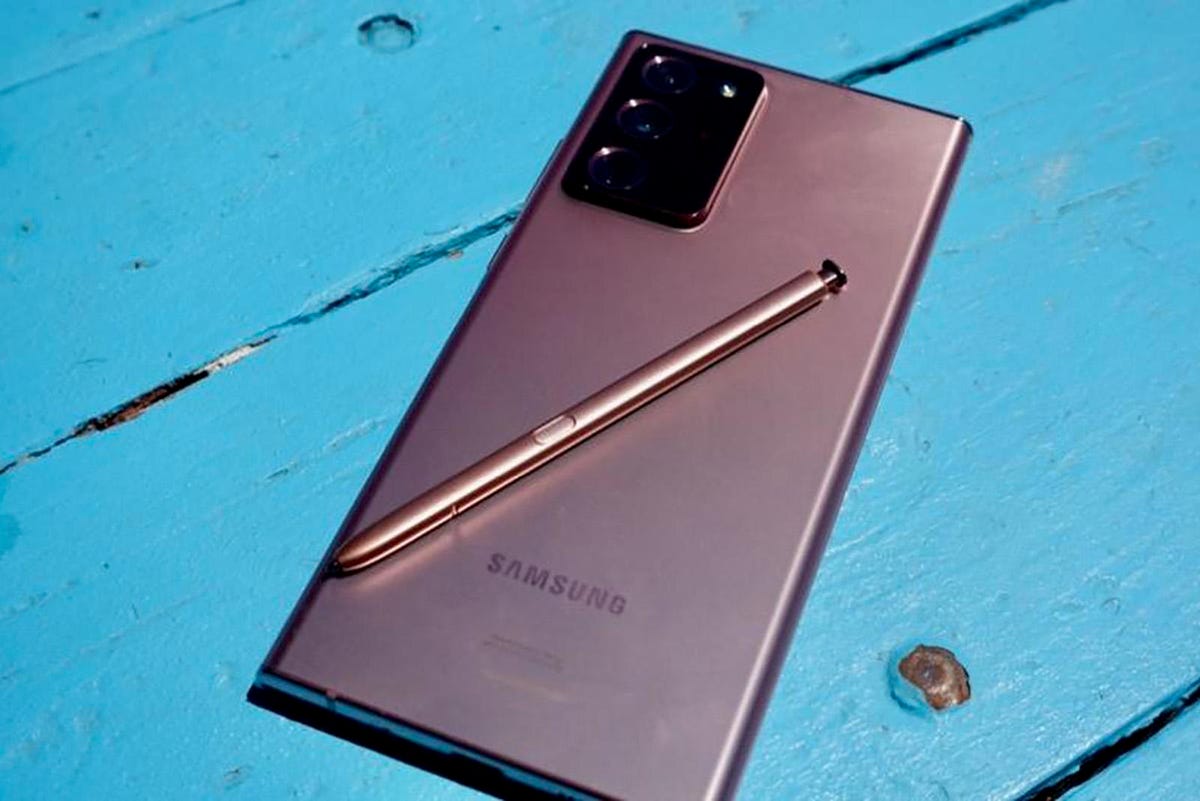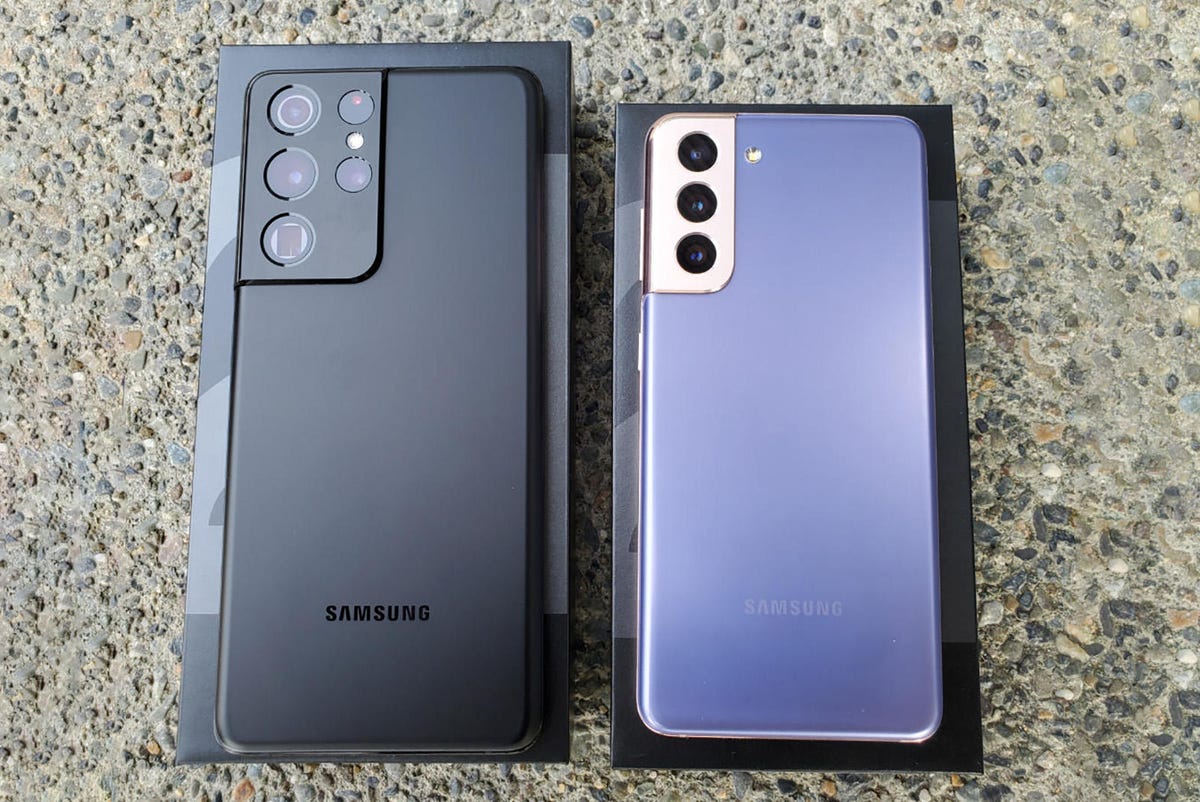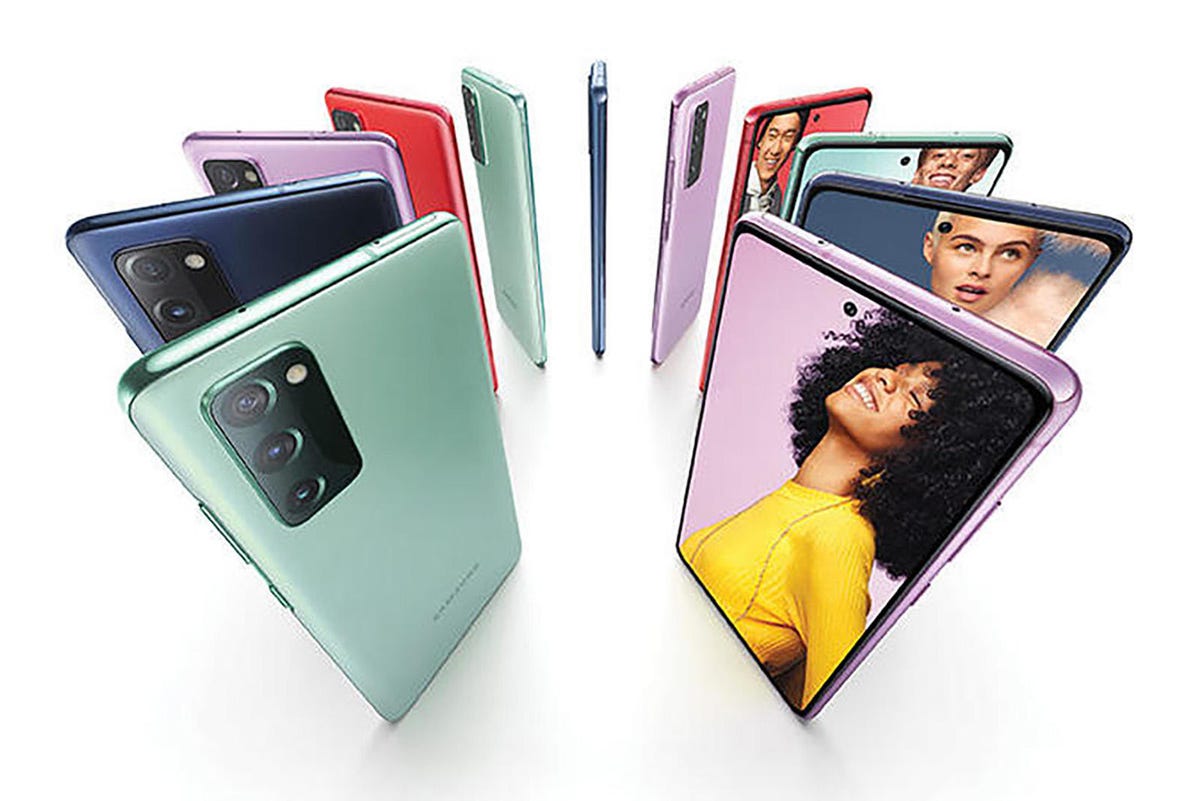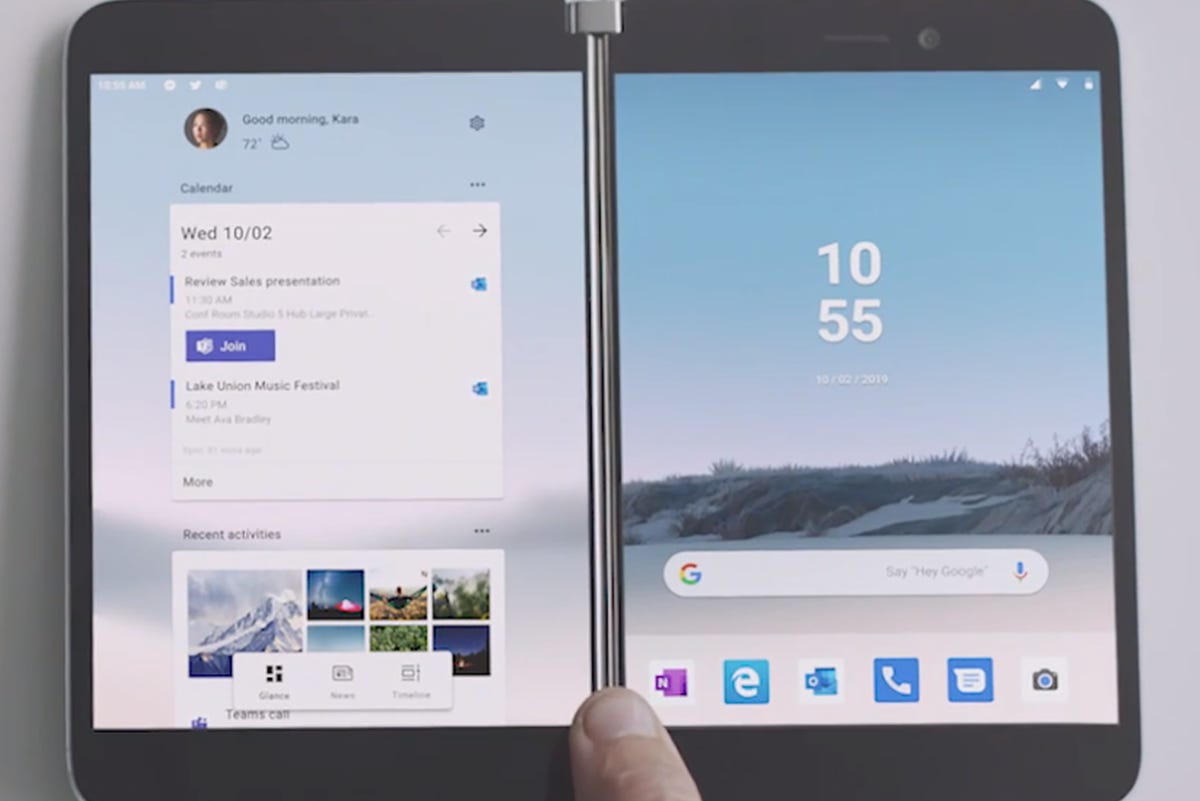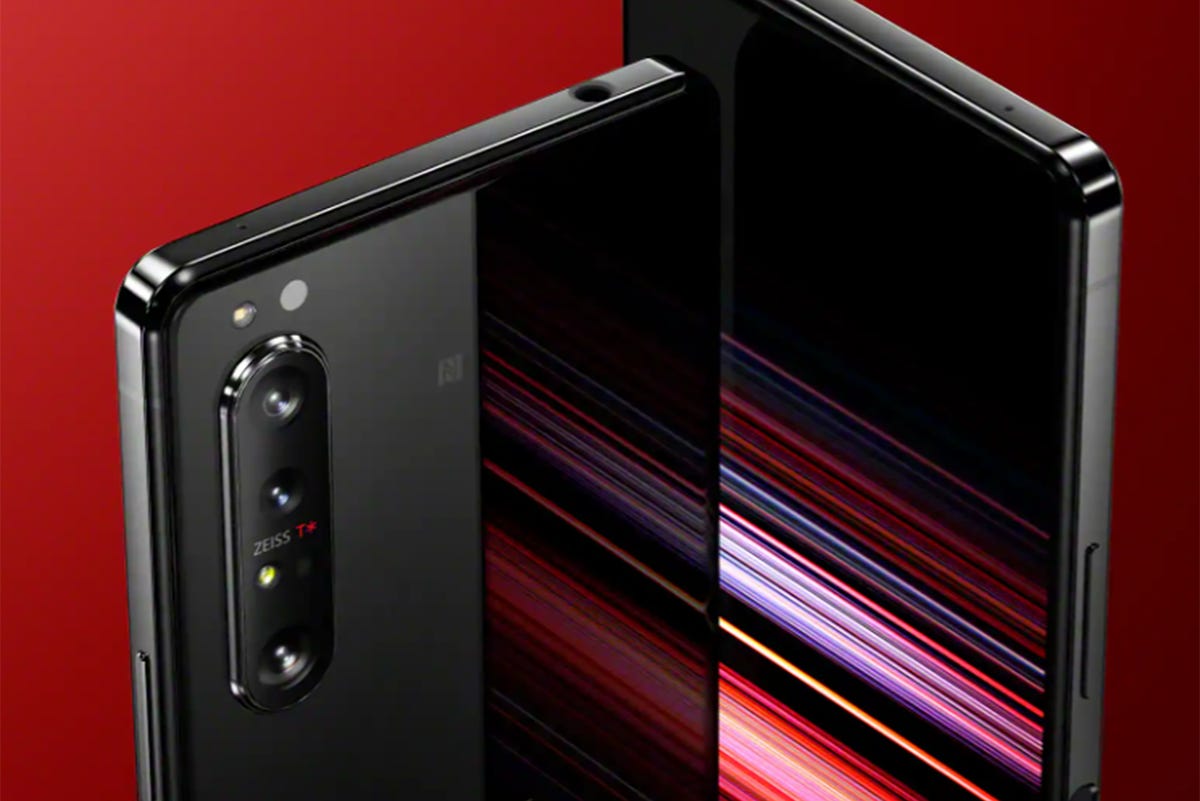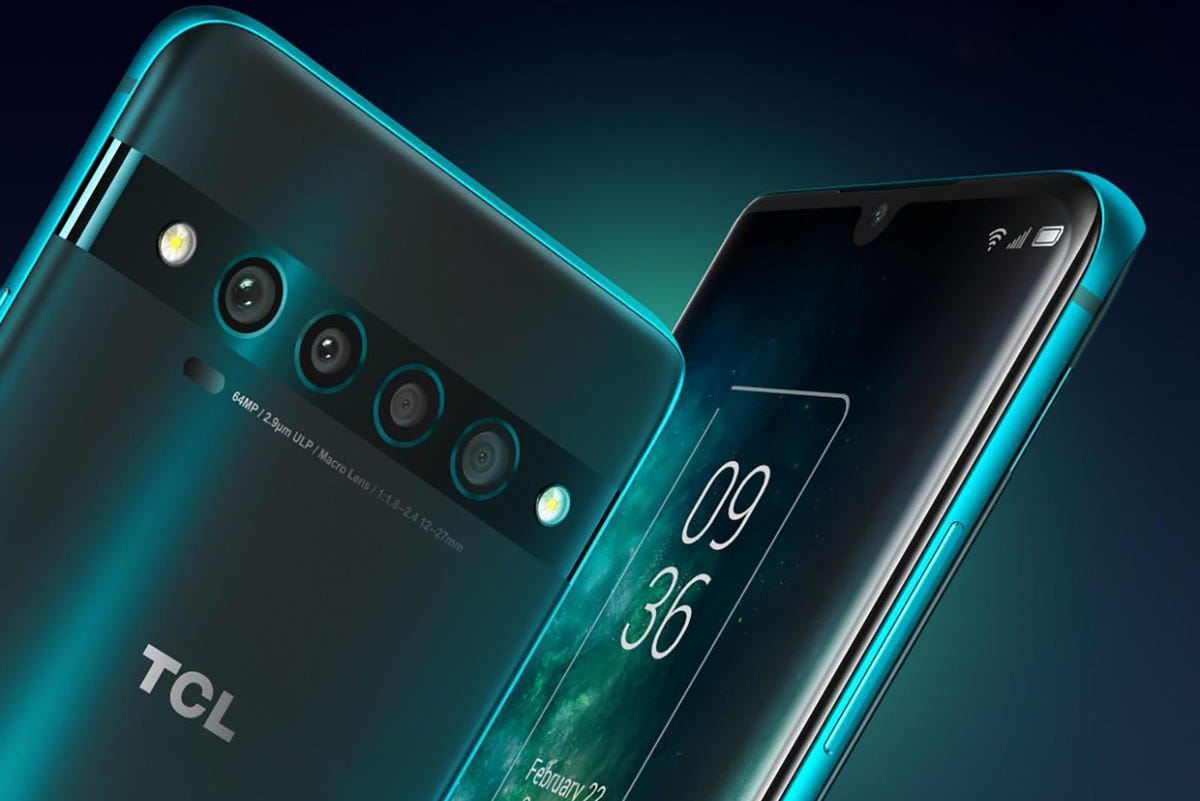Best Android phone in 2021 | ZDNet
In the past, there were several smartphone operating systems to choose from. But today’s world has iOS and Android.
Google’s Android OS is clearly the dominant platform of choice, with companies like Samsung, OnePlus, LG, Motorola, Google, TCL, Sony, and others making hardware running Android. Google’s Pixel hardware typically runs a ‘stock’ version of the Android OS, however, while others use overlays to offer a customized Android experience to their users.
For instance, Samsung has OneUI, OnePlus has Oxygen OS, and there are other companies that tweak things to optimize the Android software powering its hardware. Whether you’re looking for pure Android or just the best device money can buy, here is a look at the top Android phones available right now.
You can read more phone buying tips and how we make our recommendations here.
Serves as a very capable smartphone and small tablet
While I fell in love with the Galaxy Fold last year, I didn’t include it in my 10 best smartphones list because it seemed like an extravagant purchase. However, given the Samsung Galaxy Z Fold 2 is the third iteration of its folding phone and has been significantly improved, it deserves to not only be on this list but to be at the top.
I spent a couple of weeks with a review unit, and after just a couple of days with that evaluation device, I ordered my own. I exercised patience and ordered a black phone with a metallic red hinge and it is lovely. The Z Fold 2 is priced at $2,000, but if you use your device as much as I do daily to get work done, then the price can be justified.
The Z Fold 2 serves as a very capable smartphone and small tablet, providing an extremely strong and fast 5G connection in both modes. The outside display offers a typical 6.2-inch smartphone experience, while the large 7.6-inch main display is stunning with a 120Hz refresh rate and Samsung’s lovely AMOLED technology.
You get the fastest RAM and internal storage speeds available today, triple rear cameras, two other 10MP cameras, and much more. The 4500mAh battery easily gets you through a full day, even when using the large main screen.
Must read:
One of the best phones for productivity
Samsung announced the Galaxy Note 20 series a couple of months ago, and it is clear the Note 20 Ultra is one of the best phones for productivity and an easy recommendation for those who love the S Pen.
The Note 20 devices bring everything we saw on the S20 series with some improvements in the cameras. Of course, the S Pen is a staple of the Note series, and with the Note 20, we see more Air Actions that are actually proving to be quite useful and reliable this year.
Samsung’s two Note 20 series devices are powered by a Qualcomm Snapdragon 865 Plus, unique AMOLED 6.7- and 6.9-inch 120Hz refresh rate displays that automatically adjust for the content being displays, 8GB and 12GB RAM, 128GB with a 512GB storage option for the Ultra with a microSD for even more capacity, three rear cameras, IP68 rating, Wi-Fi 6, and Bluetooth 5. Battery capacity is 4,300mAh and 4,500mAh.
Must read:
One of the best overall smartphones today
Samsung’s Galaxy S21 Ultra 5G is one of the best overall smartphones today and clearly the best that Samsung has to offer. With a $200 price cut at launch, compared to the Galaxy S20 Ultra, the phone is also one of the more affordable high-end flagship offerings.
In addition to the latest and greatest specifications, the S21 Ultra 5G provides support for Samsung’s S Pen, so you are no longer limited to just the Note line if you want stylus support.
If your job requires you to zoom into subjects from far away, no other phone beats the S21 Ultra in terms of telephoto capability and quality. Zooming up to 30x provides good quality images, but even beyond this level of zoom, there are practical reasons to see details of the subjects you are shooting.
Must read:
Where are the compromises? There really aren’t any
While the Galaxy S20 series that launched in early 2020 provide compelling options, they are flagship phones priced in the $1,000 and higher range. In order to offer customers another alternative, Samsung recently released the Galaxy S20 FE (Fan Edition) 5G phones. The S20 FE is available in five lovely colors to suit your style.
Priced at $699.99, you may think Samsung compromised a lot to offer a powerful 5G phone. However, we see a 6.5-inch Infinity-O display with 120Hz dynamic refresh rate, high-end Qualcomm Snapdragon 865 processor, large capacity 4500mAh battery, 6GB of RAM, 128GB storage with a microSD card slot, IP68 dust/water resistance, three rear cameras (one with 3X optical and 30x super-resolution zoom), and a high resolution 32MP front camera.
Where are the compromises? Exactly, there really aren’t any and yet the $700 price is where we see phones in the upper mid-range with less capable specs appear. The S20 FE challenges Google’s new Pixel 5 and other phones.
Get 5G with Google’s software and regular updates
The Google Pixel 5 is the first 5G smartphone available from Google and appears to check the boxes needed for a competitive smartphone. Unlike past Pixel phones, it is not designed to compete with the flagships from Apple, Samsung, and others, but provides the essentials with Google’s software chops.
Google’s past Pixel phones always lacked some features and couldn’t compete with Apple and Samsung flagships so this approach makes much more sense. Priced at $699, the Pixel 5 is a great option for getting 5G into your hands with Google’s software and reliance on regular updates for years.
The Pixel 5 has a 6-inch display, Qualcomm Snapdragon 765G processor, 8GB of RAM, 128GB internal storage, 4000mAh battery, dual rear cameras (12MP and 16MP ultrawide), 8MP front camera, and more.
You can pick one up in black or an interesting green color (Sorta Sage). The back is aluminum and we also see the return of a rear fingerprint sensor.
Also: Google Pixel 5 review
One of the most affordable 5G phones
If you want an Android phone that will always have the latest firmware and security updates, while also offering a fairly stock experience while also now having 5G support then take a look at the affordable Google Pixel 4A 5G. At $499, it’s one of the most affordable 5G phones we have seen released.
There were great sales for Black Friday/Cyber Monday, including high trade-in offers, so I picked up a couple of these affordable Pixel phones — one for me and one for my wife.
The Google Pixel 4A 5G has a large 6.2-inch, Snapdragon 765G processor, 6GB of RAM, 64GB, and 128GB integrated storage, 12.2MP rear camera, 8MP front-facing camera, and a 3,800mAh battery.
In addition to the software being a focus for Google, the camera is another reason to buy the Pixel 4A 5G over other better smartphone hardware. However, while others have phones with three or four rear cameras, Google provides just one so there are some limits on its capability as a daily shooter.
Android 11 powers the phone and it will receive OS upgrades for three years. Monthly Android security updates are the most important software support for the enterprise since major firmware updates tend to break things and be less stable immediately after release.
Also: Google Pixel 4A 5G review
In the right hands, it is a productivity workhorse
There seems to be a love-it-or-hate-it feeling with the Microsoft Surface Duo, and even though I found it very productive, I ended up returning mine in favor of the Galaxy Z Fold 2. While the Surface Duo has 2019 specs and bold bezels, in the right hands, it is a productivity workhorse.
The Surface Duo does not support 5G networks and is powered by the Qualcomm Snapdragon 855. It has two 5.6 inch displays when you open it up, with no ability to see anything on the outside of the device. The Surface Duo has 6GB of RAM, 128/256 GB internal storage, and a sub-par single 11MP camera.
The story is not about the hardware though and its capability rests in the software enhancements offered by Microsoft. There have been a couple of updates to improve the experience and this first generation is a good first attempt. The $1,400 starting price is tough to swallow, which is one reason it’s positioned toward the bottom of this list.
Also: Microsoft Surface Duo review
OnePlus 9/9 Pro
Higher-priced flagship challenging Samsung
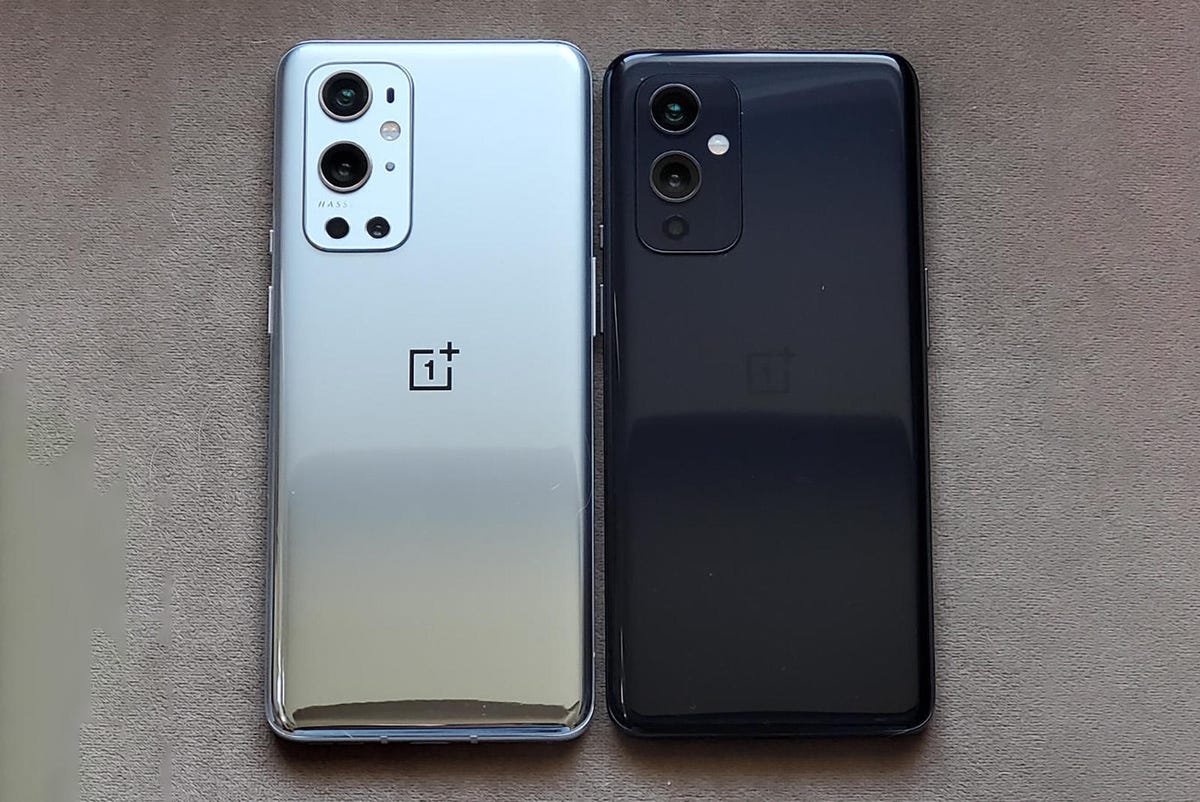
OnePlus used to be the “flagship killer” brand, but has since evolved into higher-priced flagships directly challenging the likes of Samsung and Apple. Compared to Samsung, OnePlus offers an experience that is free from ads and bloatware while also now providing some interesting features such as reverse wireless charging and adaptive 120Hz displays.
The OnePlus 9 Pro is priced about $200 less than Samsung’s S21 Ultra, which is significant given that Samsung’s price is also $200 less than its launch price in 2020. For less than $1,000 the OnePlus 9 Pro is a serious flagship to consider.
The Hasselblad camera partnership was a major area that was presented and covered at the launch event, but understand that only software enhancements are present in this first device with the Hasselblad branding on it. That said, camera performance has been great and clearly improved over what OnePlus provided in the past.
One area that OnePlus leads the pack in is the charging capability of its phones. Warp Charge 65T support and Warp Charge Wireless 50 support are provided in the OnePlus 9 Pro. This means you can charge up your phone from 1% to 100% in just 29 minutes. The wireless charging even achieves this charging performance in 43 minutes, which is faster than wired charging of most other phones.
Must read:
Matches the latest flagship Android smartphones
The Sony Xperia 1 II, spoken as the “one mark two,” was recently announced by Sony and will be available this month for an MSRP of $1,200. It matches the latest flagship Android smartphones with 5G support, Snapdragon 865 processor, 8GB of RAM, 256GB internal storage with a microSD card slot, and Android 10.
The new Sony Xperia 1 II is focused on the media experience with a 3.5mm audio port, true front-facing stereo speakers, three rear cameras, and Sony gaming features. One rear camera has an actual 3x optical zoom with a 70mm lens equivalent.
Sony is providing this phone for those looking to explore the camera experience with three camera applications and many elements from the Sony Alpha camera series included in the phone. It is not optimized for simply point and shoot with auto mode only but is sure to please the imaging fan with advanced software and a dedicated camera shutter hardware button just where you need it to capture content.
Also: Sony Xperia 1 II review
An excellent alternative for those who want to try out 5G
TCL has been making smartphones for years, including the latest BlackBerry and Alcatel phones. With the TCL 10 series, we see the first TCL-branded phones launching for North American customers. After a month with the stunning Ember Gray TCL 10 Pro, it is clear that TCL is offering a compelling choice for less than $500.
We also saw the recent release of the TCL 10 5G UW as Verizon’s most affordable 5G phone with mmWave high-speed support. It’s priced at just $399.99, making it an excellent alternative for those who want to try out 5G and still have a very capable smartphone.
Lately, I’ve been testing the low-cost Apple iPhone SE and the lowest priced 5G phone, the OnePlus 8, and the new TCL 10 Pro offers something in between these two at a $450 price. The design is lovely, the display is wonderful, and there are advanced camera features in this new phone.
It is powered by a Qualcomm Snapdragon 675 with Android 10, and it has a 6.47-inch AMOLED panel from TCL, 6GB of RAM, 128GB internal storage with a microSD card slot, four rear cameras, and a large 4,500mAh battery to get you through more than a full, busy day.
Given that we focus on the display the majority of the time spent with a smartphone, you will not be disappointed by what TCL offers in the TCL 10 Pro. The cameras perform well, especially with the 64MP lens offering pixel binning to capture great detail.
Also: TCL 10 Pro review
For all the latest Technology News Click Here
For the latest news and updates, follow us on Google News.

